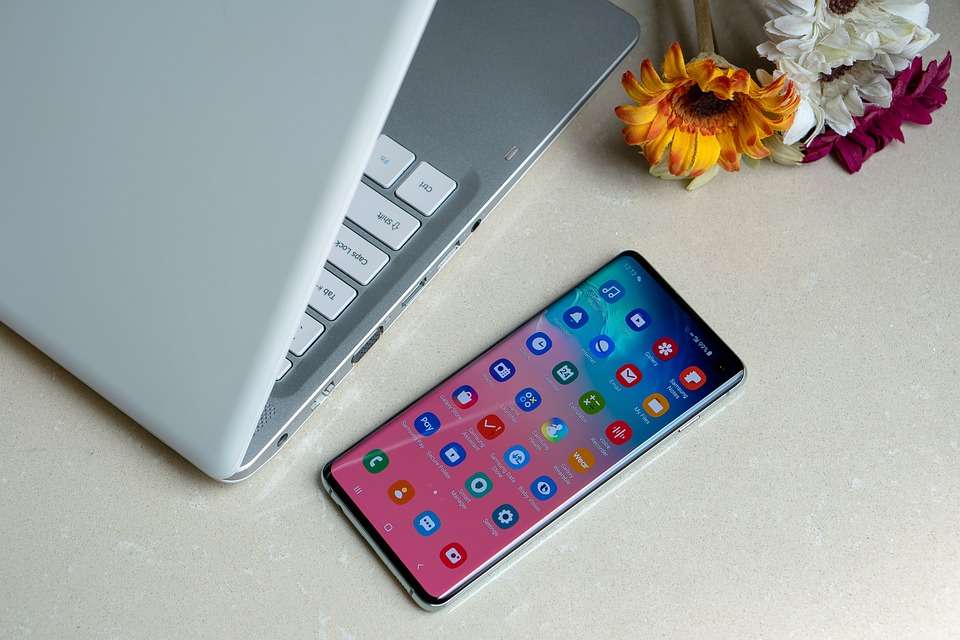Is your Android phone feeling sluggish and slow? Over time, smartphones can become burdened with unnecessary files, apps, and system clutter that can slow down their performance. However, there are several effective ways to speed up your Android phone and enhance its overall responsiveness. In this article, we will explore ten practical methods to optimize your Android device and improve its speed.
Here are ways to Speed Up Your Android Phone Today;-
1. Clear App Cache and Data:
Over time, apps accumulate temporary files and data, which can consume valuable storage space and impact performance. To address this, go to your device’s Settings, select “Apps,” and choose the apps you wish to clean. Tap on “Clear Cache” to remove temporary files, and for certain apps, you can also select “Clear Data” to free up even more space.
2. Uninstall Unnecessary Apps:
Evaluate your app collection and uninstall any applications that you no longer use or need. Not only will this free up storage space, but it will also reduce background processes, thus improving your phone’s performance.
3. Disable Bloatware:
Many Android devices come preloaded with bloatware—unnecessary apps that consume system resources. Go to the Settings menu, select “Apps,” and look for any bloatware that can be disabled or uninstalled. Disabling these apps will prevent them from running in the background and hogging system resources.
4. Update Apps and System Software:
Keeping your apps and Android system up to date is crucial for optimal performance. Developers often release updates to fix bugs and enhance performance. To update your apps, go to the Google Play Store, tap on the Menu icon, and select “My apps & games.” To update your Android system, navigate to Settings, select “System,” and choose “System update” or a similar option.
5. Limit Background Processes:
Background processes can consume system resources, leading to decreased performance. To limit them, go to Settings, select “Developer options” (if available), and set a limit on the number of background processes.
MUST READ: How To Pay Netflix Without a Credit Card
If Developer options are not visible, go to Settings, tap on “About phone,” and locate the “Build number.” Tap on it multiple times until you see a message confirming that you are now a developer. This will enable the Developer options menu in Settings.
6. Disable Animations and Transitions:
Android devices often have visual animations and transitions that can make the user interface appear smooth but may contribute to perceived sluggishness. To disable these effects, access the Developer options in Settings, scroll down to the “Drawing” section, and set the animation scales to 0.5x or turn them off entirely. This will make your phone feel more responsive.
7. Clear Home Screen Clutter:
Having multiple widgets, live wallpapers, and icons on your home screen can consume system resources and slow down your Android phone. Streamline your home screen by removing unnecessary widgets and shortcuts. Consider using a static wallpaper instead of a live one to reduce the processing power required.
8. Enable Storage Optimization:
Android devices offer a built-in storage optimization feature that automatically clears temporary files and frees up storage space. To enable this feature, go to Settings, select “Storage,” and tap on “Smart Storage” or a similar option. Activate the feature and set the frequency at which your device should automatically clean up.
9. Restart or Reset Your Device:
A simple restart can do wonders for your phone’s performance. It closes unnecessary background processes and clears the device’s temporary memory. If the performance issues persist, you may consider performing a factory reset. However, note that a factory reset will erase all data, so ensure you have a backup before proceeding.
10. Use a Lightweight Launcher:
Android launchers control your home screen layout and app drawer. Some launchers can be heavy and resource-intensive, impacting your phone’s speed. Consider switching to a lightweight launcher that is optimized for performance.
MUST READ: Musoni Microfinance Bank Loans In Kenya Requirements
Popular options include Nova Launcher, Microsoft Launcher, and Evie Launcher. These launchers offer a smooth and responsive user experience while consuming fewer system resources.
Conclusion:
By implementing these ten methods, you can significantly improve the speed and performance of your Android phone. Clearing app cache and data, uninstalling unnecessary apps, disabling bloatware, and keeping your apps and system up to date are essential maintenance tasks. Limiting background processes, disabling animations, and clearing home screen clutter further enhance performance. Enabling storage optimization, restarting or resetting your device, and using a lightweight launcher are additional steps you can take to optimize your Android phone.
Remember, regular maintenance and optimization are key to maintaining your phone’s performance over time. By following these recommendations, you can ensure that your Android phone runs smoothly and efficiently, providing you with a seamless user experience.
'Want to send us a story? Submit to NAIROBIminiBLOGGERS via our Email nairobiminiblogger@gmail.com'

Drop Your Comments, What do you think About The Article?